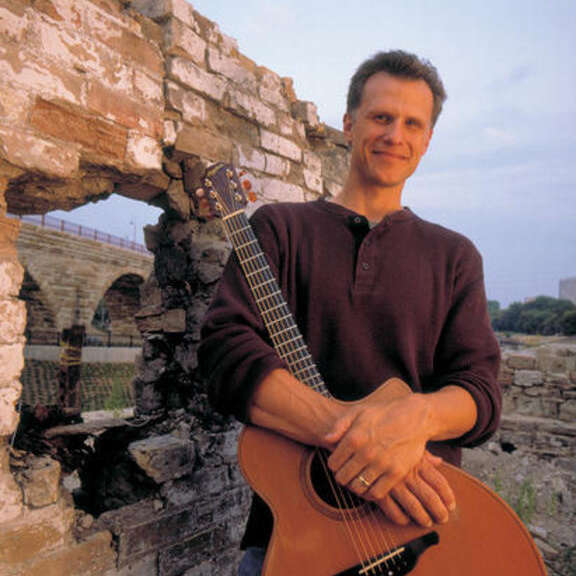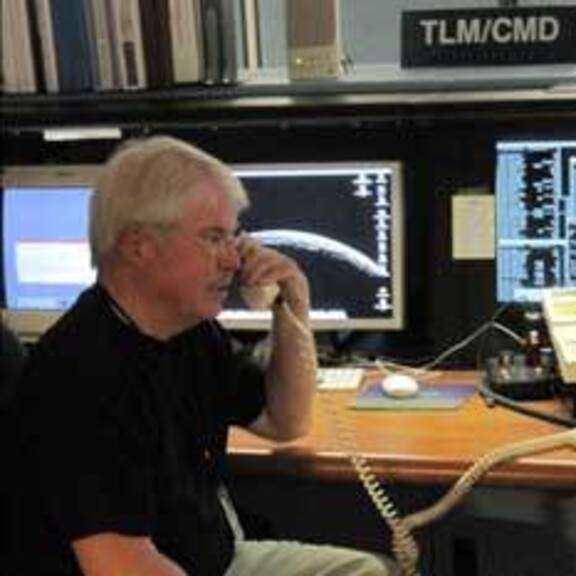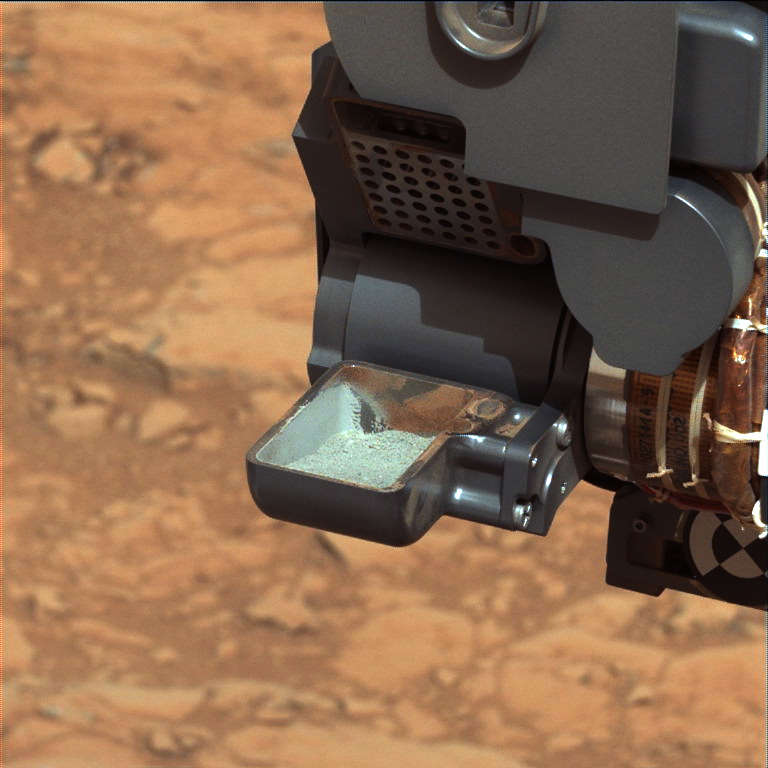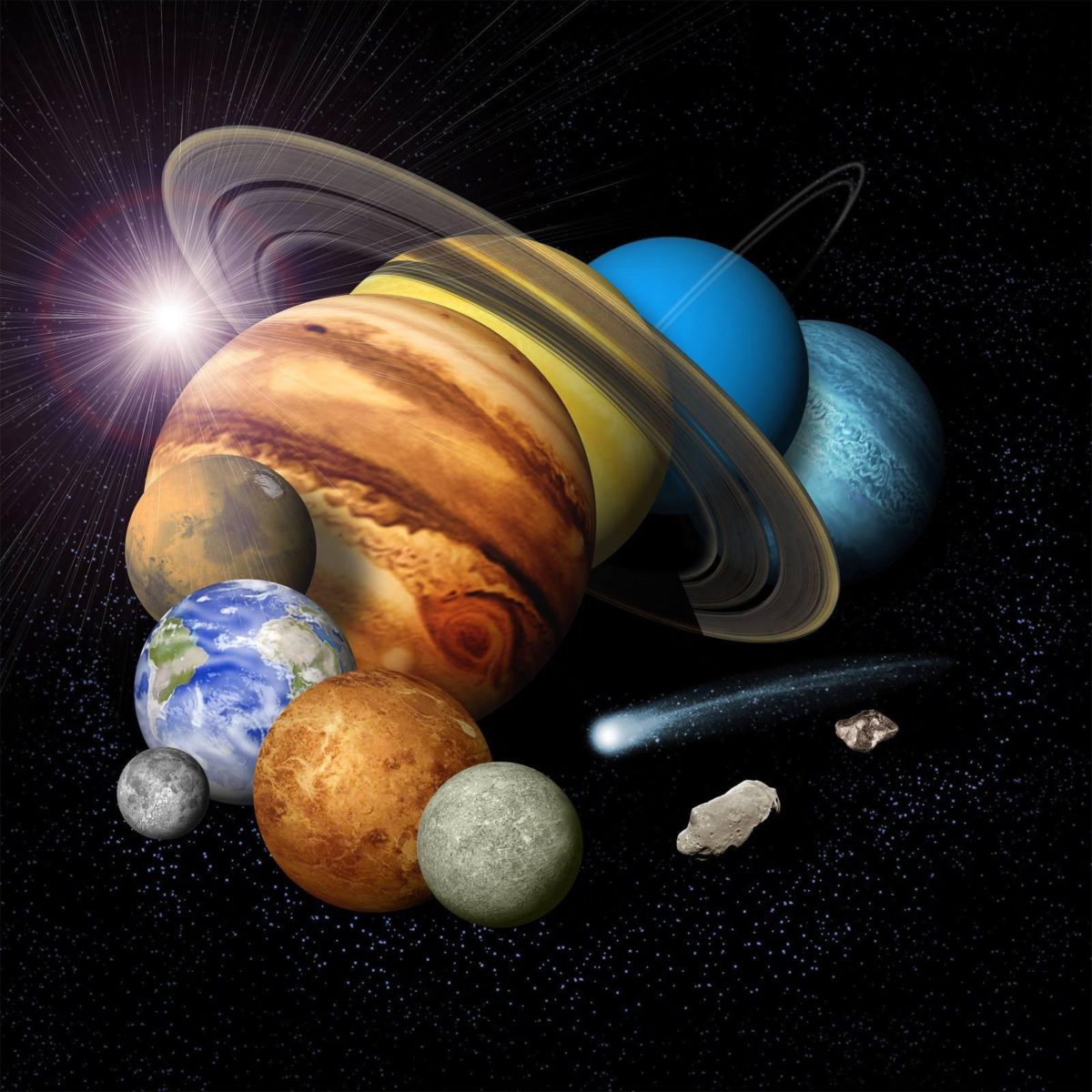Since 2002, Planetary Radio has visited with a scientist, engineer, project manager, advocate, or writer who provides a unique perspective on the quest for knowledge about our Solar System and beyond. The full show archive is available for free.
Search Planetary Radio
Amanda Hendrix looks for and studies water in our solar system, where it has been found in surprising locales. Earth's moon, for instance. She talks about Luna’s ice and the weathering of its ancient surface.
Join us at the intersection of science, nature, music and wonder for a very special Planetary Radio Live with the great Peter Mayer. Bill Nye is with host Mat Kaplan on stage in this unique episode, the longest we've ever presented. You'll hear eight of Pete's beautiful songs, including one that will be on his new CD.
Join us at JPL for a conversation with Mars landing site selection leader Matt Golombek. Matt is also now Project Scientist for the Mars Exploration Rover program, and shares the great news from Opportunity about its latest discovery. Emily Lakdawalla presents a guest blog entry that features splendid images from Mars Express, while Bill Nye traces the convoluted ways of space science funding in Washington. Bruce Betts and Mat Kaplan are at a legendary Pasadena eatery for this week’s What’s Up. Cosmic hot dog, anyone?
A Planetary Radio double header includes a visit with CosmoQuest’s Pamela Gay. She and colleagues are working to replace vital federal funds for science education and citizen science programs. We also go to the dark side with David Carnahan of NanoLab, developer of carbon nanotubes that may help us discover Earth-like planets.
There will soon be one thousand confirmed exoplanets, but how do we learn more about such distant worlds? We talk to the leader of a team that has recently developed technology capable of revealing the spectra of these planets, which allows us to tease apart their composition. Emily Lakdawalla invites you to find the next “face” on Mars, while Bill Nye says another asteroid flyby is good news. Our special What’s Up space trivia contest prize will put your picture in orbit!
PlanRad Live takes to the road again, this time visiting the Space Tech Expo in Long Beach, California for a conversation with enthusiastic team members at Xcor Aerospace, where they are building the Lynx spaceplane, and the Zero Gravity Corporation, whose “G-Force One” plane has allowed thousands of men and women to experience weightlessness. Bill Nye joined the fun on stage, and Bruce Betts arrived with t-shirts for the winners of the live What’s Up space trivia contest.
The director and cast of Star Trek: Into Darkness meet up with real space travelers. Also: Planetary science funding from NASA is in trouble, so a delegation led by Bill Nye the Science Guy descended on Washington DC last week to sound the alarm. Planetary Society Advocacy chief Casey Dreier provides a report, and comments on the Society’s support for NASA’s Asteroid Retrieval Mission.
The internationally renown string quartet talk about creating and performing Terry Riley's Sun Rings, that incorporates Don Gurnett's space sounds.
The last installment of our Planetary Defense Conference coverage makes a deep impact as hundreds of attendees participate in an asteroid mitigation exercise. You’ll hear from astronauts Ed Lu and Rusty Schweikart, Near Earth Object expert Don Yeomans, Cathy Plesko of the Los Alamos National Laboratory and many more.
Our special coverage of the PDC continues with two planetary scientists separated by almost 60 years in age, but with similar dedication and enthusiasm for saving the planet.
Planetary Radio host Mat Kaplan joined Bill Nye and four passionate planetary explorers on stage at the Planetary Defense Conference in Flagstaff, Arizona.
Planetary Radio Live was on stage at the World Space Party with guests George and Loretta Whitesides and Bobak
JPL’s Dave Doody doesn’t just fly around the solar system, he teaches others how it's done. We talk about what students learn in his non-technical class, the Basics of Interplanetary Flight.
We pay another visit to the queen of planets with Cassini Mission Project Scientist Linda Spilker. She always brings us fascinating news from Saturn, its moons and rings.
Our special coverage of the ALMA Observatory inauguration continues, with the President of Chile, the incoming ALMA Director, and much more from the Atacama Desert.
The first of two shows about Mat Kaplan's journey to Chile's Atacama Desert for the inauguration of the Atacama Large Millimeter small millimter Array, the most ambitious, Earth-based astronomy project in history.
With the first use of its drill and delivery of samples to its internal instruments, Curiosity is now a fully-functioning science station on Mars. JPL Sampling System Scientist Luther Beegle provides an update.
Alan Stern is back to tell us about Golden Spike, his new company that plans to put human clients on the surface of the moon by the end of this decade.
UC Berkeley SETI researcher Andrew Siemion and his colleagues have put an upper limit on the number of civilizations in our galaxy that are capable of giving us a call. He’ll explain their reasoning and provide other search updates.
Chris Lewicki is the passionate President of Planetary Resources. He leads the company's mission to find, capture and deliver asteroids to its space-resource hungry clients.


 Explore Worlds
Explore Worlds Find Life
Find Life Defend Earth
Defend Earth













